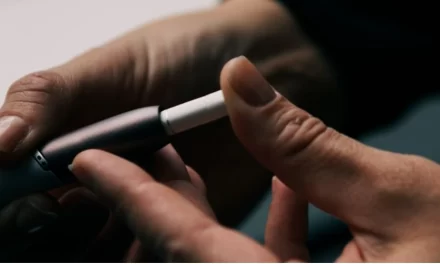
Researchers unearthed a previously undisclosed method through which pathogens like tuberculosis, malaria, and chlamydia invade cells with sheer force, bypassing the body’s immune defenses meant to block infections.
These diseases pose immense challenges in treatment due to the protection these pathogens find inside host cells.
Detailed in the Proceedings of the National Academy of Sciences, the study introduces a potentially transformative aspect in the battle against intracellular pathogens, the culprits behind severe infectious diseases.
Lead author Yan Yu, a Professor in the Department of Chemistry at Indiana University-Bloomington’s College of Arts and Sciences, stated, “By studying the Toxoplasma parasite, we’ve revealed that certain intracellular pathogens utilize physical forces during cell entry, enabling them to evade breakdown and survive within cells. This discovery hints at targeting pathogen mobility as a novel strategy to combat infections inside cells.”
Traditionally, invading pathogens intercepted by phagocytes, specialized white blood cells responsible for eliminating foreign entities, are engulfed and destroyed. For those pathogens eluding this process, it was conventionally believed that they deployed a hidden arsenal to neutralize the cell’s degradative machinery.
However, Yu’s research contradicts this belief. The study demonstrates that pathogens can dodge ingestion by immune cells by applying a “propulsive force.”
Upon forceful entry, these pathogens redirect into vacuoles within cells, lacking the capability to dismantle these intruders. Vacuoles serve as structures for containment and digestion within cells.
The study utilized live Toxoplasma parasites introduced into mouse-derived cells, monitored via fluorescence microscopy. These live parasites forcefully infiltrated and thrived within immune cells.
To delve deeper, researchers created inactive parasites incapable of exerting force or producing chemical substances. Unlike live parasites, these “zombie” parasites swiftly degraded within the cell.
Employing magnetic tweezers, scientists simulated the forceful entry by pushing the inactive parasite into immune cells. Mimicking live Toxoplasma’s entry, the inactive parasite avoided degradation, indicating that the force of entry, not chemicals, dictates the pathogen’s survival.
To control the parasite’s movement in the second experiment, researchers designed a “tweezer system” utilizing magnetic nanoparticles.
Furthermore, experiments using yeast confirmed that this observed mechanism extended beyond Toxoplasma to other infectious agents.
Yu emphasized, “This study unravels the role of physical forces in evading immunity and emphasizes targeting pathogen movement to combat intracellular infections. We’re optimistic that this discovery could contribute to novel strategies in combating a range of infections detrimental to human health.”










